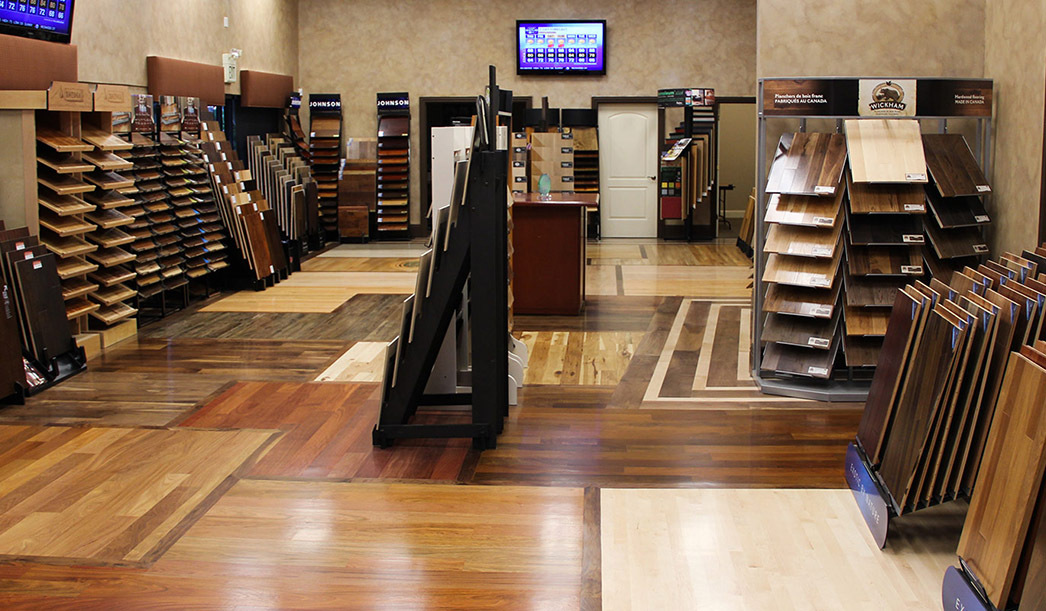Did you know that radiant heating is an option for homes with hardwood floors? A way of warming the home through the floors, and perfect for those that like to walk around barefoot, radiant heating has numerous benefits in the home.
How does radiant heating work?
Radiant heat underneath hardwood flooring involves tubes installed under the floor, generally encased in concrete or plywood subfloors. One nice benefit of radiant heat is that it travels in all directions, unlike warm air, which simply rises.
Which types of wood floors are best for radiant heating?
- Laminated/Engineered Wood Flooring because it is more dimensionally stable than solid wood flooring.
- Floating Floors, Laminated/Engineered or Solid Wood because they tend to move as a unit to help accommodate moisture content changes.
- Species known for their inherent dimensional stability like American Cherry, American walnut, mesquite, etc.
What else do you need to know about radiant heating?
- It is best to use ripped & quartersawn floor as it is a very stable type of wood flooring.
- Radiant heating can be done on a floated floor, glued floor and nailed floor, depending on the type of radiant heating that will be / has been installed. The only exception is that for concrete floors, the hardwood must be glued or floated as opposed to nailed.
- It is VERY important to have your contractor and/or designer talk to your hardwood flooring person as the flooring installation must be paired correctly with the radiant heating type. You definitely want to use a hardwood flooring specialist too, to make sure the species, brand and installation all go together. If they don’t match and aren’t installed correctly you might not get the floor you want.
Before installing radiant heat beneath your wood flooring, it’s important to know how it can impact your hardwood floors and what precautions to take. Please contact us for more information about details to consider before choosing radiant heat!


